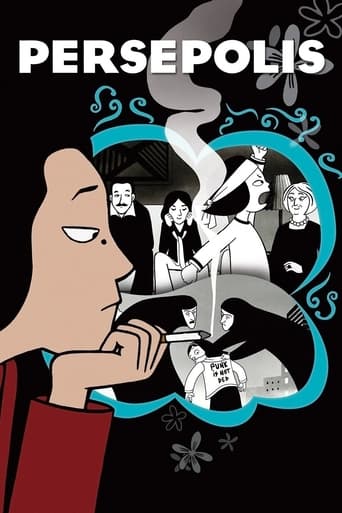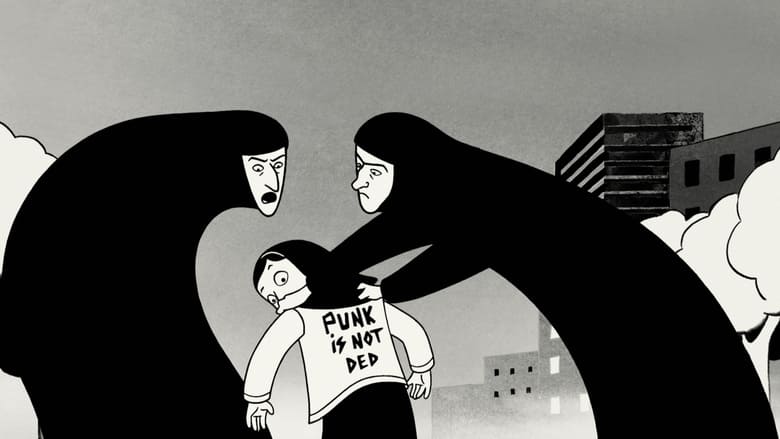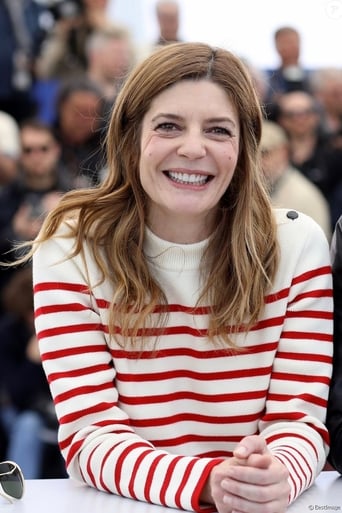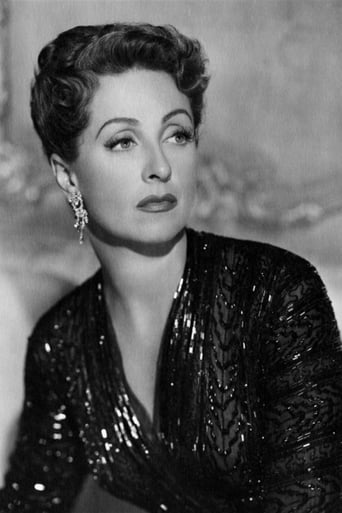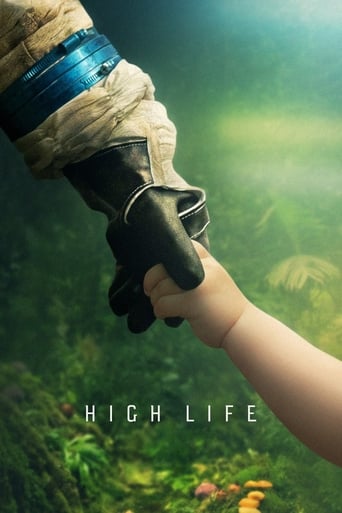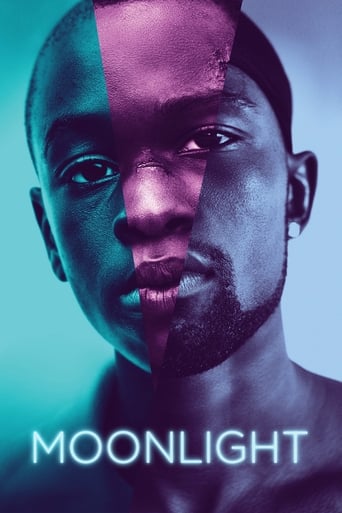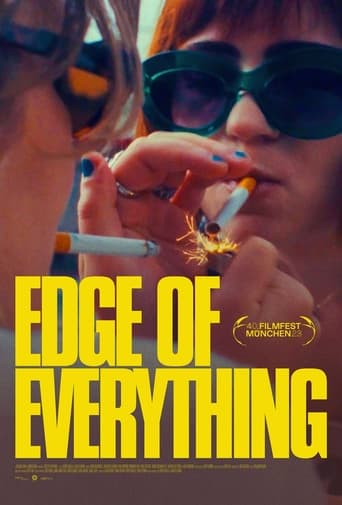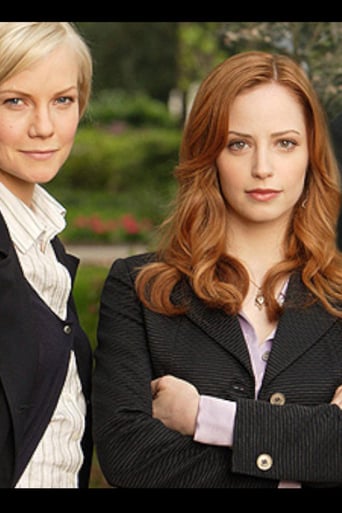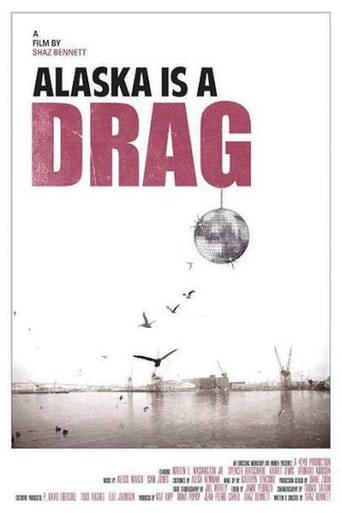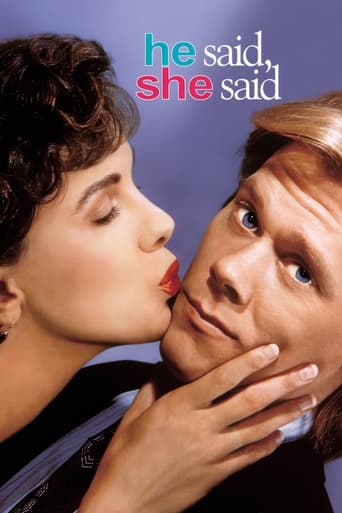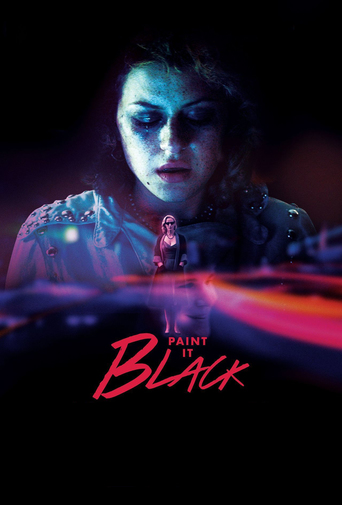Persepolis (2008)
In 1970s Iran, Marjane 'Marji' Statrapi watches events through her young eyes and her idealistic family of a long dream being fulfilled of the hated Shah's defeat in the Iranian Revolution of 1979. However as Marji grows up, she witnesses first hand how the new Iran, now ruled by Islamic fundamentalists, has become a repressive tyranny on its own.
Watch Trailer
Cast


Similar titles
Reviews
Wonderful character development!
Absolutely Fantastic
Pretty good movie overall. First half was nothing special but it got better as it went along.
The performances transcend the film's tropes, grounding it in characters that feel more complete than this subgenre often produces.
Worth to see. I've seen it 3 times, this movie shows us another point of view about Iran, the point of view of an Iranian who's also suffering all the massive effects of the Iranian Revolution. The media isn't showing what some Iranians have done to escape from the revolution
Growing up amid wars and repression in 1970s and 1980s Iran proves challenging for a free-spirited girl in this animated drama based on the real life experiences of co-director Marjane Satrapi. Mostly filmed in stark black and white with accentuated shadows and elongated, eerie silhouettes, 'Persepolis' is not your average animated film in the best possible way. Aside from looking great, the animation process allows the filmmakers to do more than what live action can do, providing especially wide eyes for Marjane as a child, incorporating fantasy sequences (imagining herself hung up by her ears), including dream sequences and dreamy bits like Marjane literally hopping from building to building to depict all the places that she moved to at one point in her life. There is also a nifty scene set to 'Eye of the Tiger'. Marjane's experiences as a child are, however, far more interesting than her bouncing between unhappy relationships as an adult, with this being one of those movies in which the second half is less magical than the first half. In a way this is appropriate for a film about a girl waking up to the harsh realities of her patriarchal society, but it is the scenes of young Marjane pretending to be Bruce Lee and believing everything is possible as a child, as opposed to the scenes of her arguing for equal rights at university, that linger in the mind long afterwards.
In their 2007 film, Persepolis, directors Marjane Satrapi and Vincent Paronnaud's retells the events of Satrapi's life while growing up in and experiencing life in Iran before and after the revolution of 1979. Satrapi and Paronnaud implement a minor genre style in the form of animation that recreates the significant events and hardships of Satrapi's life, and successfully communicates the emotions associated with them, if not more effectively than a life-action film (Weber-Fève 322). By analyzing the animated style of Satrapi and Paronnaud's film, there are certain conclusions to be made regarding the film's ability to effectively address political and social issues through a more creative adolescent perspective as they grow up in a rapidly changing and increasingly oppressive country. In the scene in which Marjane wakes up and begins to undergo a rapid physical transition into maturity, various parts of her body begin to unrealistically transform and grow into unusual and grotesque shapes and sizes until her body is seemingly full-grown and, once again, proportionate. This scene demonstrates the power of animation as a tool for reducing time and creatively portraying an ordinary and awkward stage in one's life while giving it a comical treatment. The exaggerated and comical style of recreating and accelerating the stages of growing up as portrayed in this scene enables the audience to further identify with Marjane as a growing adolescent, thus suggesting that this scene might not have been as well received by the audience or as effective if instead live-action was used. This scene also serves as a transitional point in the film in which Marjane's rapid maturation also indicates that she is now subject to the oppressive laws against showing any exposed skin other than the face and is instead forced to don a concealing and overbearing hijab. The majority of this film being in black and white, despite the creative freedom of animation allowing for any number of colors to be used, further evokes the sense of an increasing void in Marjane's life in which she grows more and more scornful of her home country and its newly introduced laws (Weber-Fève 324). In the scene in which all of the students at her school gather in an auditorium to discuss the strict dress code for women, the scene opens to an image of the segregated female and male students. The variety of clothing worn by the men as contrasted with the homogeneously dressed women that are almost impossible to tell apart due to their black, over-sized hijabs. This scene is effective at highlighting the encroaching political and religious agendas of the Iranian government following the revolution through the plain contrast of the animated men and women. The use of animation enables this scene to exaggerate the increasing lack of individuality and feeling of oppression that women in Iran are experiencing, and would likely not have been as effective had the directors decided to use live-action characters instead. The film Persepolis recounts the events leading up to and following the Iranian revolution which led to the introduction and strong enforcement of clothing laws that only targeted the women of Iran. By predominantly using a black and white color scheme for this film, director, Satrapi and Paronnaud, are able to effectively convey the lack of creativity and austere principles that govern women to appear as shapeless, black blobs with plain faces rather than express their individuality. The animated style of this film contributes to its effectiveness in exaggeratedly portrayed certain events from Marjane's life which made them seem more comical and relatable. This film, which is exemplar of an animation that effectively addresses social and political issues, as well as everyday problems, proves that live-action films are not always more effective at addressing significant worldly issues (Weber-Fève 325). As evidenced by this film, animation serves as a powerful tool for analyzing a number of situations while also allowing for the creative freedom to ironically portray a world that oppresses creativity.Work Cited Weber-Fève, Stacey. "Framing the "Minor" in Marjane Satrapi and Vincent Paronnaud's Persepolis." Contemporary French and Francophone Studies 15.3 (2011): 321-28. Print.
Well, it took me long enough to finally get around to watching this. Ever since its release, it's been one of those films I said I'd watch one day. I don't exactly know why I took this long, but it surpassed my expectations. It's completely engrossing, the animation really does wonders for this coming-of-age story, sort of hard to see it being done any other way. The editing work here is pretty amazing, always finding a fresh and seamless approach to balancing its many different cuts in time. I'm not necessarily sure that I think it's better than Ratatouille, another truly amazing animated film, but it definitely deserved a Screenplay nomination at the least.

